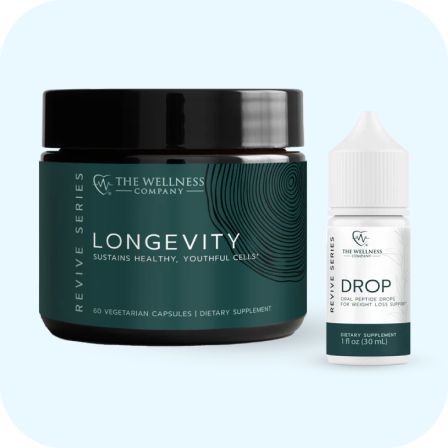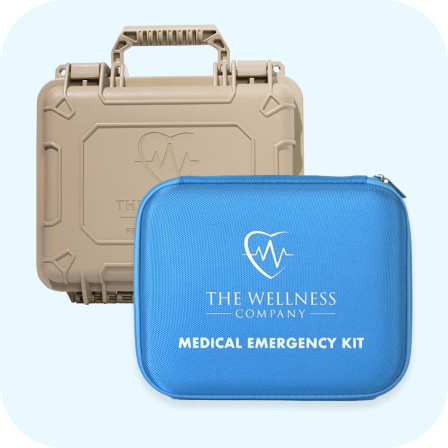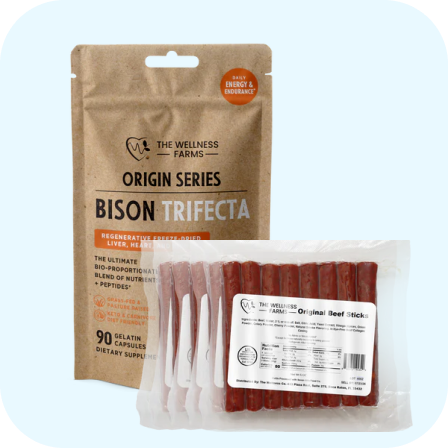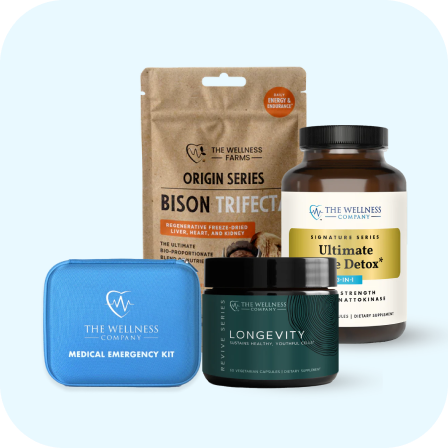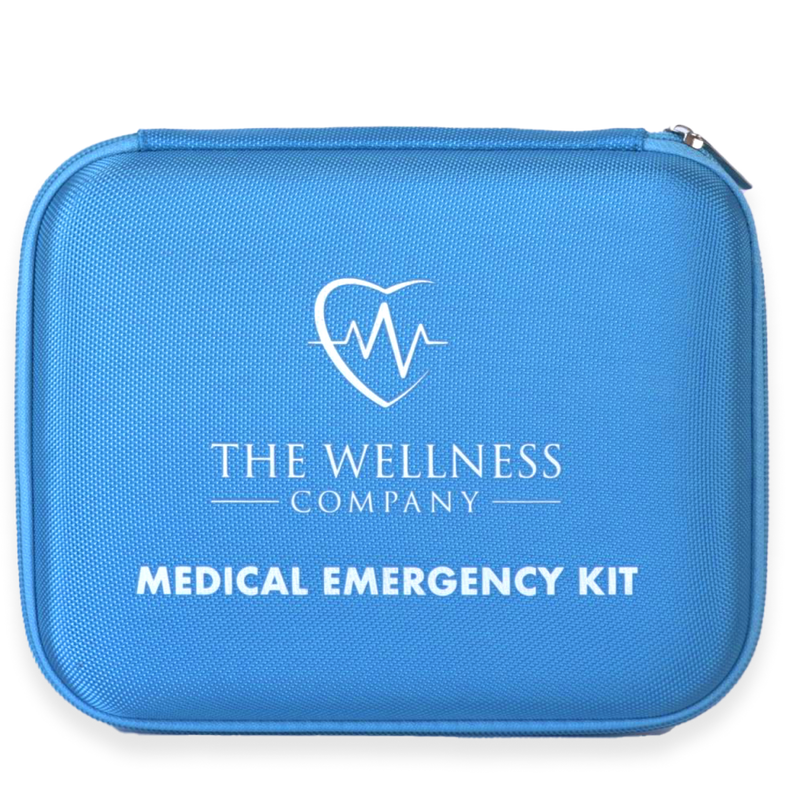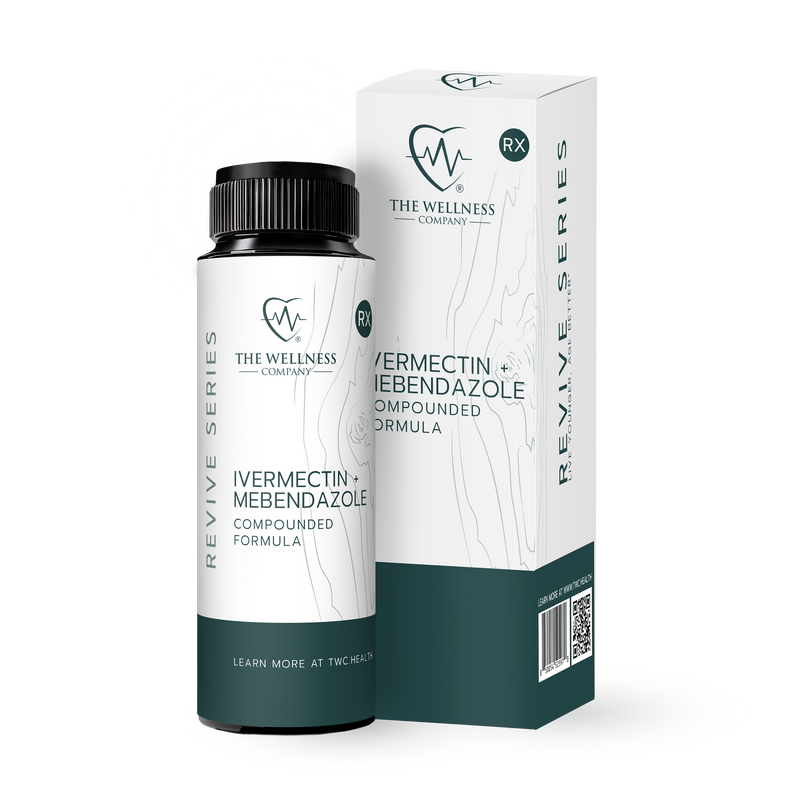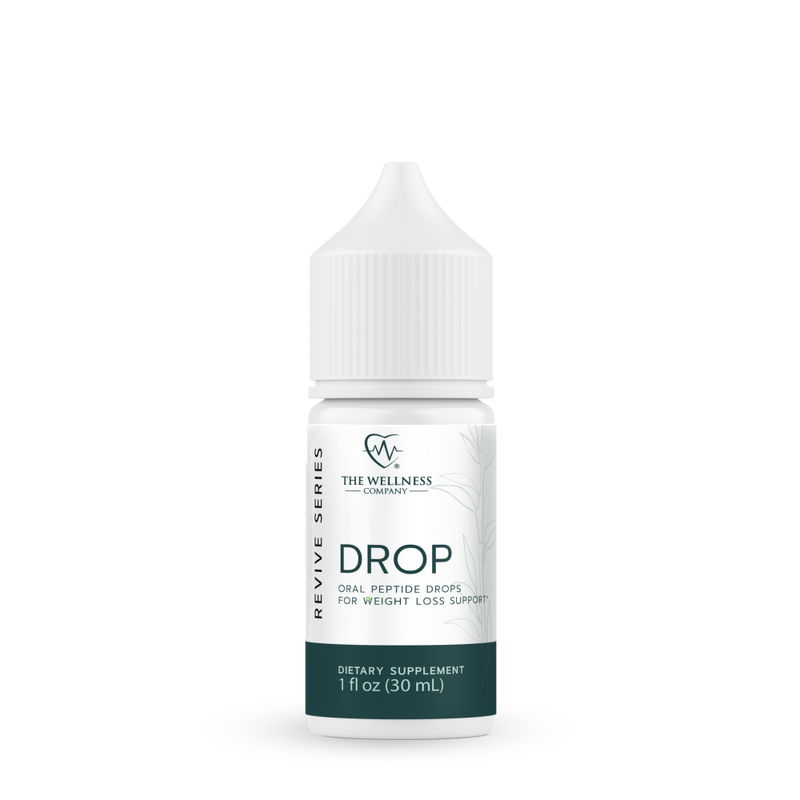Our Compromised Meat and Poultry Supply
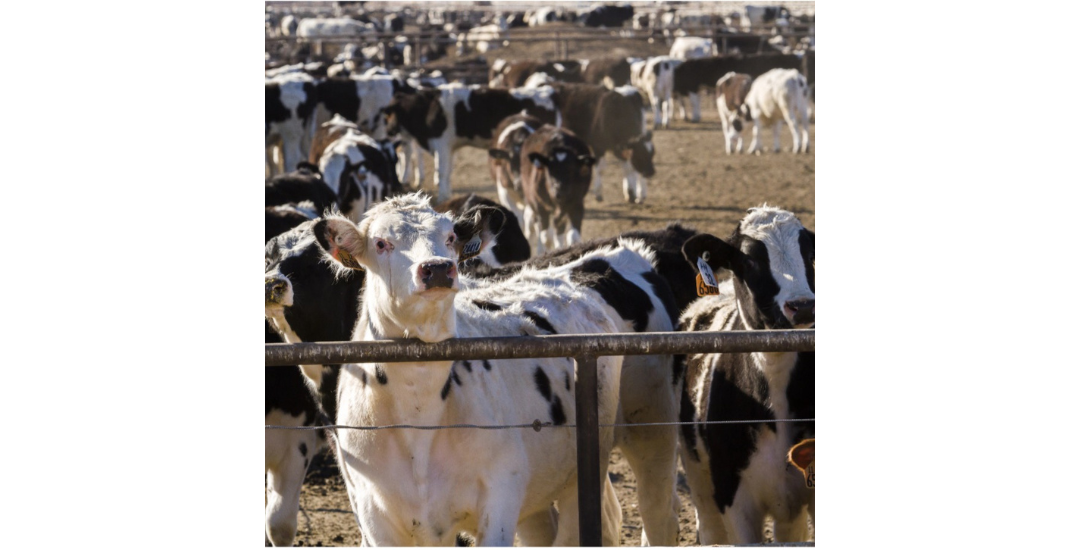
Are You Eating Vaccines?
If the vaccine schedule for children isn’t already excessive, our meat and poultry supply adds another layer of vaccines intended to prevent disease. Commercial farming practices, in which animals are housed in tight quarters, leads to increased stress and decreased immunity. The result is spread of diseases. Vaccines are widely used in commercial animal feeding operations (CAFOs) to combat and prevent diseases resulting from crowded conditions that the animals live in.
Vaccines Used in Commercial Meat and Poultry Production in the U.S.
Vaccines are widely used in U.S. commercial livestock and poultry production to prevent infectious diseases and ensure “food safety”. The vaccines in use are reviewed and approved by the USDA.
Cattle (Beef and Dairy)
- Bovine Viral Diarrhea (BVD)
- Infectious Bovine Rhinotracheitis (IBR, or "red nose")
- Parainfluenza 3 (PI3)
- Bovine Respiratory Syncytial Virus (BRSV)
- Clostridial diseases (e.g., blackleg)
- Histophilus somni
- Pasteurella (including Mannheimia haemolytica and Pasteurella multocida)
- Leptospira spp. (leptospirosis)
- Salmonella
- Mycoplasma bovis
- E. coli (in some operations)
- Autogenous vaccines (custom-made for specific herds)
- Rabies in endemic areas
The majority of illness and death associated with feedlot cattle is respiratory disease. Almost 90% of feedlot cattle are vaccinated against BRSV.
Contributing Factors to Respiratory Diseases:
- "Shipping fever" caused by stress during transport
- Crowded sale barns with cattle from multiple sources
- Airborne dust weakening immune systems
- Lighter weight/younger calves more susceptible to infection
Recent Developments in Cattle Vaccines
- mRNA H5N1 avian influenza vaccines for cattle are in development and field trials, but not yet in commercial use.
Poultry (Broilers, Layers, Turkeys)
- Marek’s Disease Virus
- Newcastle Disease Virus
- Infectious Bronchitis Virus
- Infectious Bursal Disease (Gumboro)
- Coccidiosis
- Fowl Pox
- Infectious Laryngotracheitis
- Encephalomyelitis
- Fowl Cholera
- Avian Influenza (H5N2 subtype – conditionally licensed in 2025)
The Marek’s disease vaccine is the most common, given to nearly all commercial broiler chickens before or at hatching. Marek’s is a highly contagious herpesvirus that causes immunosuppression, tumors, and paralysis in chickens.
Why It’s So Prevalent in Commercial Operations:
- Large flocks and high density allow rapid transmission
- Virus evolution outpacing vaccine effectiveness
- Frequent bird turnover
- Ongoing biosecurity issues
Recent Developments in Poultry Vaccines
- Genvax is developing self-amplifying mRNA vaccines for livestock and poultry.
- Merck developed an mRNA vaccine for pork, available since 2018 via prescription.
If COVID has taught us anything, it’s this: “Safe and effective” statements must be critically evaluated. Until independent, third-party research confirms otherwise, we must assume these vaccines remain in the meat and poultry products. We may be unintentionally vaccinating ourselves with every bite.
References
- USDA Vaccine Usage in Feedlots (2013)
- Kansas State: Rabies in Cattle (2016)
- Global Biodefense (2025)
- Zoetis Press Release (2025)
- Merck Veterinary Manual: Poultry Vaccination
- Iowa State University Nanovaccine Institute
- Tennessee Farm Bureau: mRNA Vaccines in Livestock
Written By Brooke Lounsbury








